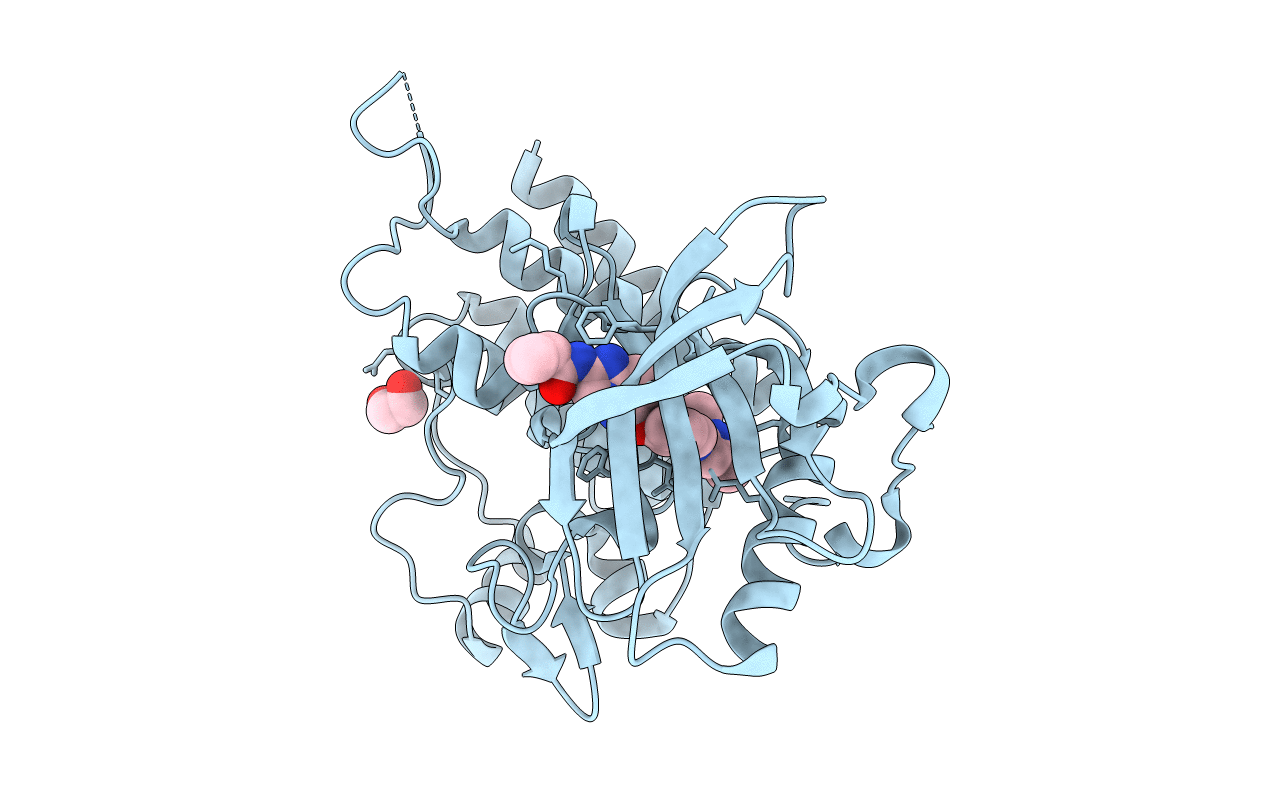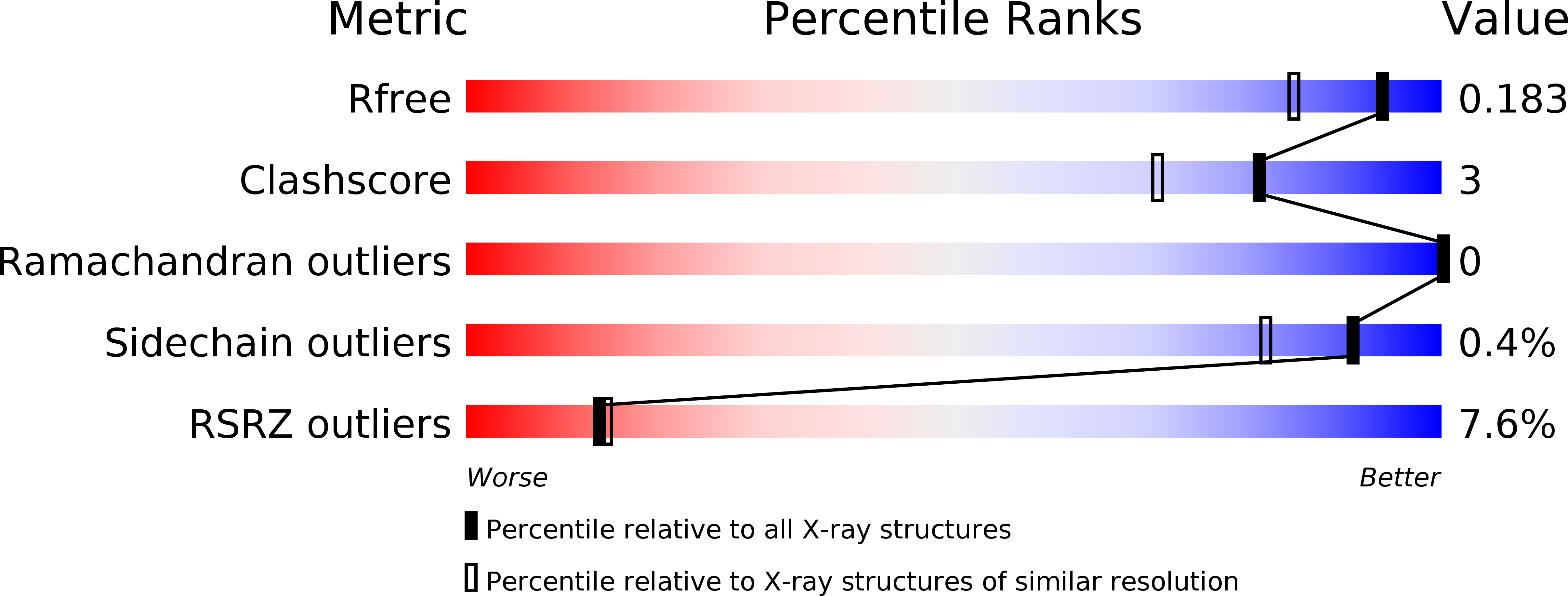
Deposition Date
2012-01-19
Release Date
2013-03-06
Last Version Date
2024-03-20
Entry Detail
PDB ID:
3VO3
Keywords:
Title:
Crystal Structure of the Kinase domain of Human VEGFR2 with imidazo[1,2-b]pyridazine derivative
Biological Source:
Source Organism:
Homo sapiens (Taxon ID: 9606)
Host Organism:
Method Details:
Experimental Method:
Resolution:
1.52 Å
R-Value Free:
0.18
R-Value Work:
0.16
R-Value Observed:
0.16
Space Group:
C 1 2 1


